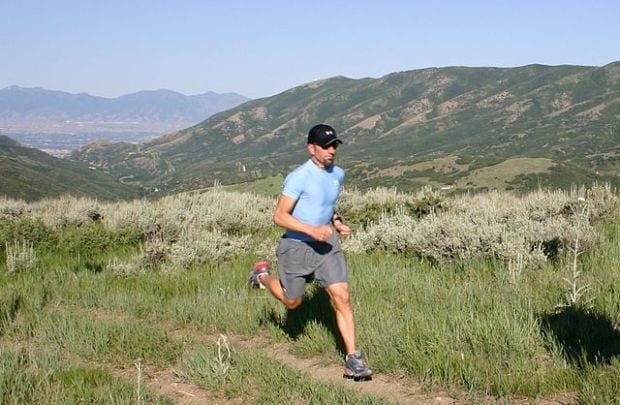Does paper tape prevent blisters?
Feet get blisters, and the longer distances you move, the more likely they are to get them. While nuisances by themselves, blisters can lead to more concerning conditions such as cellulitis. Then they become a real problem, especially if you’re in an austere environment. Thus preventing these blisters can make a significant difference in your race, hike, or military operation.

Since commercial products are relatively expensive and poorly studied, these authors wanted to see if a cheaper alternative would be effective. Their choice for this cheaper alternative was paper tape. The fiscal impact is comical considering they tested this on people running 7 day, 250 km ultramarathons in such exotic locations as China, Egypt, Nepal, and Chile. Registration alone is $3600, and then there are the rest of the gear, travel, and food costs. That being said, if the tape worked in such extreme conditions, it would likely have worked for the more mundane activities the majority participate in.
Sadly, it didn’t work. Using patients as their own controls, they taped one foot and left the other native. Even though they covered a significant portion of the foot with tape, there were more blisters on the taped foot than on the control foot. If you just examined the taped foot, there were more blisters under the tape than the surrounding exposed skin. After all of this, a large majority (84%) of their runners said they would use tape again in the future. Laughably, this same group didn’t usually use blister prevention prior to the study.
Even more interesting is that when they broke down the subgroups, they discovered that if you taped the foot ipsilateral to the dominant hand, tape suddenly became protective (statistically). Also, having a smaller pack weight to body weight ratio was similarly protective. unfortunately, use of toe socks increases blister formation. Of course, of their final study group of 90 patients, 100% had blisters. It may be that the 31 patients they lost to followup simply did not have blisters, which would completely change the results of this study. Also, while runners were asked not to tape the control foot, the study authors were not able to control for other lubricants and powders that could have affected outcomes.
In the end, not much you can take from this. The theoretical friction barrier that tape would provide does not seem to prevent blisters. However, the runners sure did like it due to ease of application and relatively low-cost. There’s nothing in this study that makes me tell runners change their routines. Throw this on in the “needs further study” bin.
References
- Lipman GS, Ellis MA, Lewis EJ, Waite BL, Lissoway J, Chan GK, Krabak BJ. A prospective randomized blister prevention trial assessing paper tape in endurance distances (Pre-TAPED). Wilderness Environ Med. 2014 Dec;25(4):457-61. [PMID 25443754]

EBM Gone Wild
Wilderness Medicine
Emergency physician with interests in wilderness and prehospital medicine. Medical Director of the Texas State Aquarium, Padre Island National Seashore, Robstown EMS, and Code 3 ER | EBM gone Wild | @EBMGoneWild |
